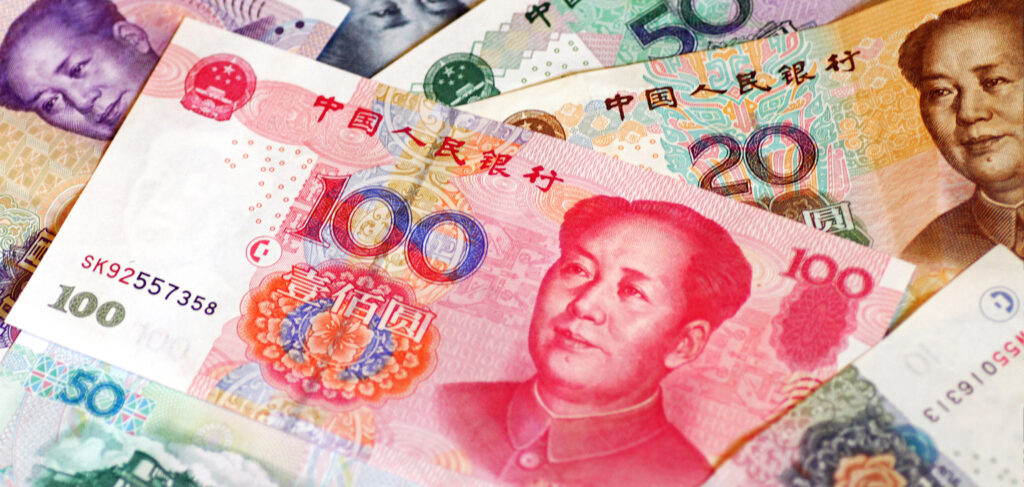China’s foreign exchange reserves, the largest in the world, rose to $3.184 trillion in March, according to official data released on Friday. The increase of $51 billion surpassed analysts’ expectations of $3.149 trillion, which was predicted in a Reuters poll of analysts. This rise is largely attributed to the weakening of the US dollar against other major currencies.
The increase in China’s foreign exchange reserves in March marks the sixth consecutive month of growth, indicating a steady recovery in the Chinese economy. The country’s economic growth rate of 6.5% in the fourth quarter of 2020 exceeded pre-pandemic levels, and this growth has continued into 2021.
China’s foreign exchange reserves are crucial to the country’s economy. They provide a buffer against economic shocks, enable the government to manage the value of its currency, and allow for investment in other countries. The reserves are largely made up of US dollars, which account for approximately 59% of China’s foreign exchange holdings. Other currencies include the euro, Japanese yen, British pound, and Canadian dollar.
The weakening of the US dollar against other major currencies has played a significant role in the increase of China’s foreign exchange reserves. The US dollar index, which measures the value of the US dollar against a basket of six major currencies, fell to a two-week low in March, making other currencies more attractive to investors. This has resulted in a decline in demand for the US dollar, which in turn has led to a rise in the value of other currencies, including those held in China’s foreign exchange reserves.
In addition to the weakening of the US dollar, China’s foreign trade surplus has also contributed to the increase in foreign exchange reserves. The country’s exports increased by 30.6% in March, while imports rose by 38.1%. This has led to an increase in the amount of foreign currency flowing into China, further bolstering the country’s foreign exchange reserves.
The rise in China’s foreign exchange reserves has implications for other countries as well. China’s massive holdings of US dollars have long been a source of concern for the United States and other countries, as they provide China with significant economic leverage. The increase in foreign exchange reserves may give China even greater influence in global financial markets.
Overall, the increase in China’s foreign exchange reserves in March indicates a strengthening Chinese economy and a potential shift in the balance of power in global financial markets. While the rise is largely attributed to the weakening of the US dollar and China’s foreign trade surplus, it is clear that China’s foreign exchange reserves will continue to play a significant role in the country’s economic growth and global influence.
In conclusion, the rise of China’s foreign exchange reserves to $3.184 trillion in March marks a significant milestone for the country’s economy. The increase is largely attributed to the weakening of the US dollar and China’s foreign trade surplus, and may have implications for global financial markets. As China’s economy continues to recover from the pandemic, its foreign exchange reserves will likely continue to grow and play a crucial role in the country’s economic development.



